
Driving on our roads should be a predictable, safe, and generally calm experience. Yet, for many motorists, the persistent menace of tailgating transforms routine journeys into anxiety-ridden confrontations. This dangerous and frustrating behavior, where a vehicle follows far too closely behind another, is more than just an annoyance; it is a significant contributor to road accidents and a direct threat to driver safety. Understanding how to effectively and safely manage a tailgater without resorting to risky countermeasures is paramount for every driver seeking to protect themselves and others on the road.
Far from being an isolated incident, tailgating is a regular occurrence that demands a strategic response. It strips away the essential stopping distance required for safe braking, making any sudden deceleration a potential catalyst for a serious collision. The good news is that driving experts have developed clear, actionable advice to help you navigate these tense situations, emphasizing prevention and de-escalation over confrontation. By adopting these proven techniques, you can regain control, enhance your safety, and contribute to a more secure driving environment for everyone.
This article delves into the core principles and practical advice from leading driving experts, offering a robust framework for dealing with tailgaters safely and effectively. We will explore the dangers, debunk common misconceptions, and, most importantly, provide you with concrete strategies, starting with the foundational hack of managing your following distance to create a safer buffer for both you and the driver behind you. This isn’t just about avoiding a fine; it’s about making our roads safer, one informed driver at a time.

1. **The Pervasive Danger and Illegality of Tailgating**Tailgating is not merely a breach of road etiquette; it is a serious legal offense classified as careless driving. The consequences extend beyond mere irritation, carrying significant legal penalties that underscore its gravity. According to official regulations, being caught tailgating can result in a £100 fine and the addition of three penalty points on your driving license, reflecting the authorities’ stern stance on this dangerous practice.
Beyond the direct legal repercussions for individual drivers, the broader societal impact of tailgating is stark and concerning. A recent study conducted by Highways England has revealed that tailgaters are directly responsible for a staggering one in eight road crashes. This statistic alone highlights the pervasive and destructive nature of this behavior on our national road network.
Furthermore, the human cost is immeasurable. Each year, more than 100 people lose their lives or sustain serious injuries in accidents that are directly attributable to tailgating motorists. This tragic toll serves as a powerful reminder that following too closely behind another vehicle is not just a minor infraction, but a high-risk activity that frequently leads to devastating outcomes for innocent road users.
2. **Why Sudden Braking Is Never the Answer**In the heat of the moment, when faced with a tailgater, many drivers might feel an instinctive urge to tap their brakes or slow down sharply as a warning. However, this common reaction, while seemingly intuitive, is precisely what driving experts strongly advise against. It is a dangerous and counterproductive measure that significantly escalates the risk of a collision and other negative outcomes.
National Highways, a leading authority on road safety, explicitly warns against such actions. They state that “deliberately slowing down or tapping your brakes to annoy the car behind can escalate road rage and create even more hazardous situations.” This is because sudden, unexpected braking deprives the tailgating driver of the minimal reaction time they already lack, increasing the likelihood of a rear-end collision.
Moreover, engaging in this type of retaliatory behavior can transform a frustrating situation into a genuinely perilous one. Road rage incidents, which can have severe and unpredictable consequences, are often triggered by such aggressive interactions. The goal in these scenarios is always de-escalation and safety, not to teach the tailgater a lesson at the risk of your own well-being or the safety of others.
Read more about: Untamed Beasts: Unmasking the Most Dangerously Potent Muscle Cars Ever Unleashed on Public Roads

3. **The Expert’s Core Recommendation: Increase Your Following Distance**Given the dangers of tailgating and the pitfalls of reactive braking, what is the truly smart hack that driving experts recommend? The consensus from professionals like Annie Winterburn, who operates Spot On Driving, is remarkably straightforward yet profoundly effective: “leave a bigger gap between your car and the car in front of you.” This fundamental piece of advice serves as the cornerstone of safe tailgating management.
This strategy directly addresses the root cause of the tailgating problem from your perspective. By creating a larger buffer zone ahead of your vehicle, you provide yourself with greater flexibility and more time to react to the traffic conditions in front. This proactive approach fundamentally changes the dynamic with the tailgater behind you, without you having to directly confront them.
Annie Winterburn further emphasizes the critical thinking behind this advice, explaining that if the car behind is too close and you have to brake suddenly, that car will inevitably crash into the back of you. Therefore, the core principle is to ensure you never have to brake suddenly in the first place, and the most reliable way to achieve this is by extending your own safe following distance.

4. **The Mechanism of Safety: How a Larger Gap Protects You**The effectiveness of leaving a bigger gap is rooted in simple physics and defensive driving principles. When you maintain a generous distance from the vehicle ahead, you gain a crucial advantage: the ability to decelerate smoothly and gradually, even if the traffic in front of you comes to an abrupt halt. This smooth deceleration is the key to preventing a collision with a tailgater.
This strategy, as articulated by driving experts, directly gives the tailgating motorist more time to react safely to your actions. Instead of being blindsided by sudden braking, they observe your brake lights illuminate earlier and for a longer duration, providing them with the necessary warning to slow down their own vehicle without having to slam on their brakes or collide with your car.
Essentially, by extending your own following distance, you are creating a ripple effect of safety. You are not only safeguarding yourself from potential impacts from the front but also, crucially, providing a safety net for the driver dangerously close behind you. It transforms a high-stress, high-risk situation into a manageable one, all through a simple, proactive adjustment to your driving habits.
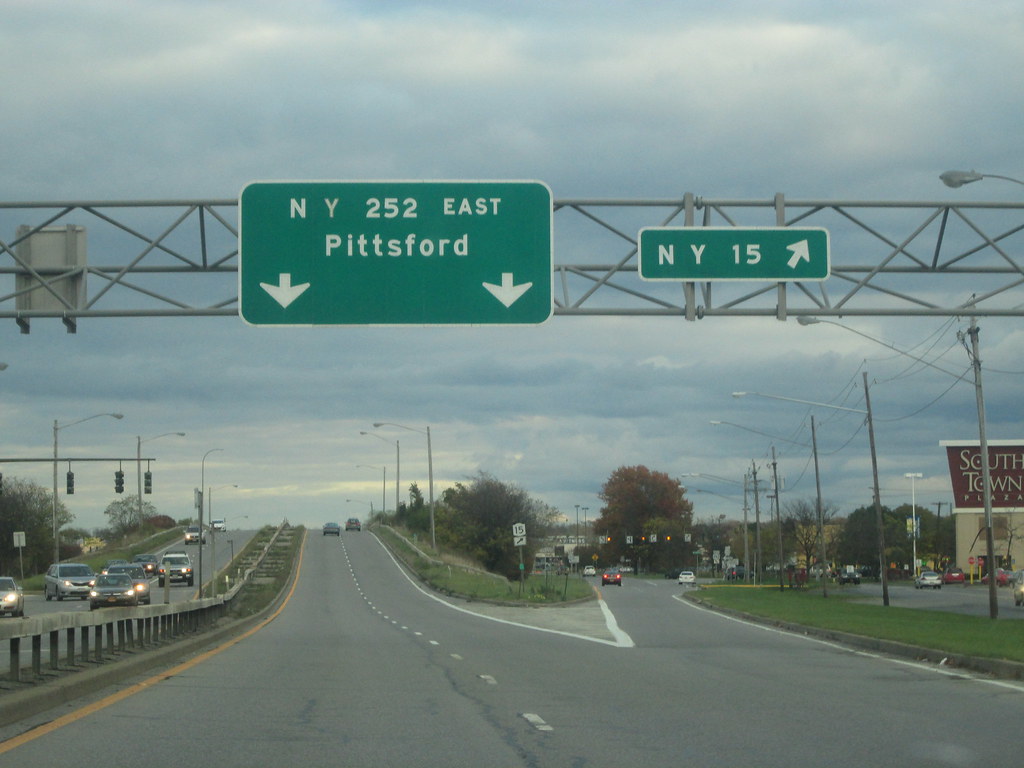
5. **The Crucial Two-Second Rule for Dry Conditions**To translate the concept of a “bigger gap” into a concrete, measurable action, driving experts universally advocate for the “two-second rule.” This is a fundamental guideline for maintaining a safe following distance on dry roads, and it’s a piece of advice frequently featured in theory tests, underscoring its importance for all drivers, including those in the United States.
To apply this rule, drivers should identify a fixed point on the road, such as a road sign or a tree, that the vehicle in front of them passes. Once the vehicle ahead passes this point, you should then count “one thousand one, one thousand two.” If your vehicle reaches the same fixed point before you finish counting, you are following too closely and need to increase your distance.
This two-second time gap provides a bare minimum buffer for reaction and braking under optimal conditions. It’s a simple, mental calculation that can be performed repeatedly during a journey to ensure consistent safety. Adhering to this rule is not just a recommendation; it’s a vital component of responsible driving and a proven method for mitigating the risks associated with sudden stops and tailgating.
Read more about: Driving Expert’s ‘Clever’ Hack: Stop Tailgaters Safely Without Ever Touching Your Brakes

6. **Adapting to Adverse Weather: Wet and Icy Road Gaps**The two-second rule serves as a baseline for dry conditions, but it is imperative for drivers to understand that this guideline must be significantly adjusted when faced with less-than-ideal weather. Reduced traction from rain, snow, or ice dramatically increases stopping distances, making a simple two-second gap woefully inadequate and highly dangerous.
Annie Winterburn, the driving instructor, provides clear extensions to this rule for varying conditions. She advises that on wet roads, the two-second time gap should be doubled, meaning drivers should maintain at least a four-second interval between their car and the vehicle in front. This allows for the increased braking distance required when the road surface is slippery due to rain.
The most extreme adjustment is reserved for icy roads, where traction is severely compromised. In such hazardous conditions, the recommended gap multiplies tenfold, translating to a substantial twenty-second following distance. This significant increase highlights the extreme care needed on ice, where even minor maneuvers can lead to loss of control, and stopping distances become exponentially longer.

7. **The Highway Code’s Specific Distance Guidelines**While time-based gaps, like the two-second rule, offer a practical method for drivers to gauge following distance, the Highway Code and government websites provide even more precise, tangible measurements. These guidelines translate the necessary reaction and braking times into actual physical distances, offering an additional layer of clarity and reinforcing the importance of adequate spacing.
These official recommendations clearly state that “the gap should be wider as speeds increase.” This principle acknowledges that as vehicles travel faster, the distance covered during a driver’s reaction time and the vehicle’s braking time grows substantially. Therefore, a static time gap translates to an ever-increasing physical distance as speed climbs.
Specifically, the government’s website details these distances: the safe gap extends to approximately 53 meters (or 2.4 seconds) when driving at 50mph. This buffer almost doubles at higher speeds, rising to an estimated 96 meters (or 3.1 seconds) when traveling at 70mph. These figures underscore the vast distances required to stop safely, particularly at motorway speeds, and reinforce why maintaining a proper following distance is non-negotiable for road safety.
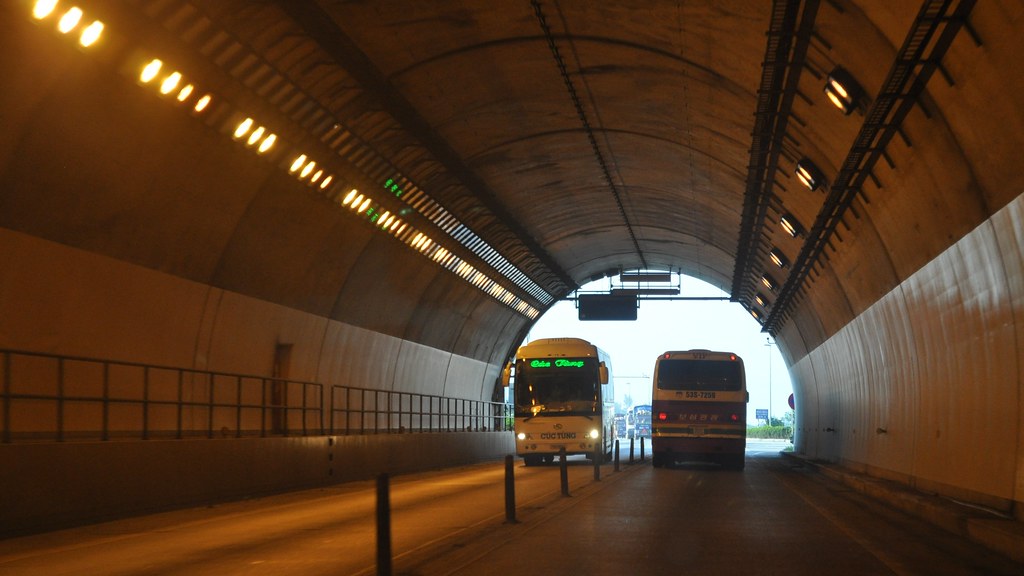
8. **Facilitating Overtaking: Letting Tailgaters Pass Safely**While creating a larger buffer in front of you is the primary defensive strategy, there are additional proactive measures you can take to de-escalate tension and enhance safety when a tailgater is persistently behind you. One such piece of advice from National Highways is to “allow the car to overtake you.” This seemingly simple action is a powerful tool in managing aggressive drivers, turning a potentially confrontational situation into a smooth transition and reducing immediate risks.
By consciously making space and allowing the tailgating vehicle to pass, you effectively remove the source of immediate pressure and potential danger from directly behind you. This act of peaceful facilitation not only reduces the risk of a rear-end collision, which is a significant concern when following distances are compromised, but also contributes significantly to maintaining a calmer driving environment for everyone involved, including yourself. It demonstrates a commitment to prioritizing road safety over personal frustration or attempts at retaliation.
This strategy aligns perfectly with the broader goal of defensive driving: to anticipate and mitigate risks rather than reacting impulsively. It ensures that you are no longer in a position where the tailgater’s unsafe driving directly compromises your immediate safety. Rather than inviting conflict or engaging in a dangerous power struggle, you are actively participating in its prevention, creating a safer zone around your vehicle. This thoughtful and proactive approach empowers you to maintain control of the situation and prioritize the well-being of all road users.
Remember, the objective is to reach your destination safely and without incident. Allowing a more aggressive driver to proceed may feel counterintuitive or even like ‘giving in,’ but it is a highly effective way to disengage from a dangerous scenario. It eliminates the immediate threat and allows you to continue your journey with reduced stress and heightened security.
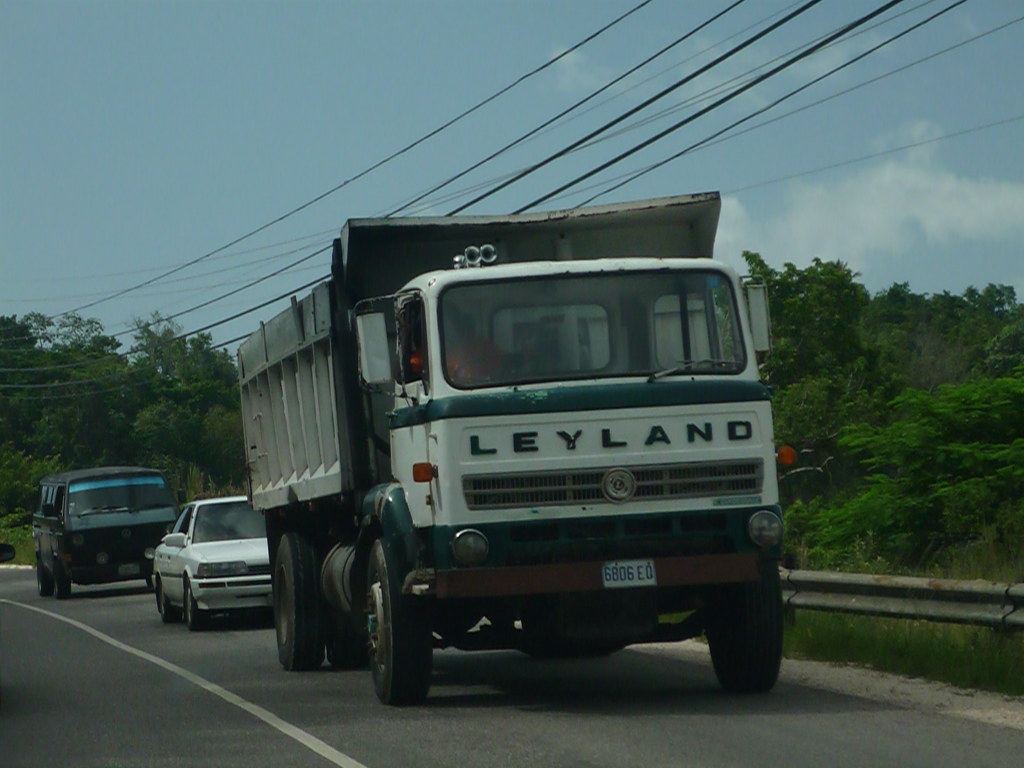
9. **Maintaining Composure: The Importance of a Steady Speed**Another crucial recommendation from National Highways for handling tailgaters involves maintaining consistent speed. The advice is clear: “maintaining the same steady speed without speeding up or slowing down” is essential when a vehicle is driving too closely behind you. This guidance underscores the importance of predictable driving behavior in potentially volatile situations, helping to prevent misunderstandings and further aggravation that could lead to dangerous outcomes.
Resisting the urge to either accelerate aggressively or slow down provocatively is key to de-escalation. Speeding up might be seen as an invitation for the tailgater to follow even closer, escalating the pressure and reducing your own safety buffer. Conversely, deliberately slowing down can be perceived as an act of retaliation, potentially triggering road rage incidents, which, as National Highways explicitly warns, “can escalate road rage and create even more hazardous situations.” Such reactions are counterproductive to your safety objectives.
Therefore, holding a steady, appropriate speed for the road conditions and legal limits helps to project an image of calm and control. It removes any ambiguity about your intentions, allowing the tailgater to make their own decision about how to proceed, whether that’s to pass or to finally increase their own following distance. This steady approach prevents you from becoming part of the problem and instead keeps you safely focused on the road ahead and the overall traffic situation.
In stressful driving scenarios, maintaining a consistent pace helps to stabilize the situation. Erratic changes in speed not only confuse other drivers but also reduce your ability to react smoothly to unexpected events. A steady speed is a hallmark of a controlled driver, offering clarity and predictability to those around you, even if they aren’t exercising the same level of caution.
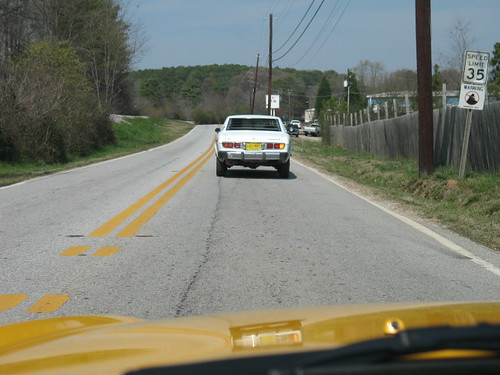
10. **Clear Communication: Signaling Your Intentions Early**Effective communication is a cornerstone of safe driving, and it becomes even more critical when dealing with a tailgater. National Highways advises drivers to “Clearly signal your intentions early to give the driver behind you a better understanding of your next move, helping to avoid misunderstandings.” This simple yet powerful action can significantly improve the flow of traffic and reduce the chances of conflict, especially when another driver is already exhibiting impatience.
When you signal well in advance of a turn, a lane change, or any other maneuver, you provide the driver behind you with ample time to process your actions and adjust their own driving accordingly. This advanced warning eliminates the element of surprise, which is often a major factor in close calls and accidents, particularly when following distances are already dangerously compromised. It gives them the necessary warning to anticipate your movements and react smoothly and safely.
Proactive signaling can also alleviate frustration for the tailgater. Often, aggressive driving stems from perceived unpredictability or delays from the vehicle ahead. By clearly communicating your intentions, you reduce their need to guess or assume, fostering a more cooperative, albeit still tense, driving environment. This practice helps to smooth traffic flow and maintain a degree of order even when one driver is behaving erratically, safeguarding both your vehicle and theirs from potential collisions.
This commitment to early and clear signaling is a fundamental aspect of defensive driving. It’s about being proactive rather than reactive, offering information that helps prevent dangerous situations before they fully materialize. By giving tailgaters a clearer picture of your next move, you help them adjust their driving, which ultimately benefits everyone on the road.
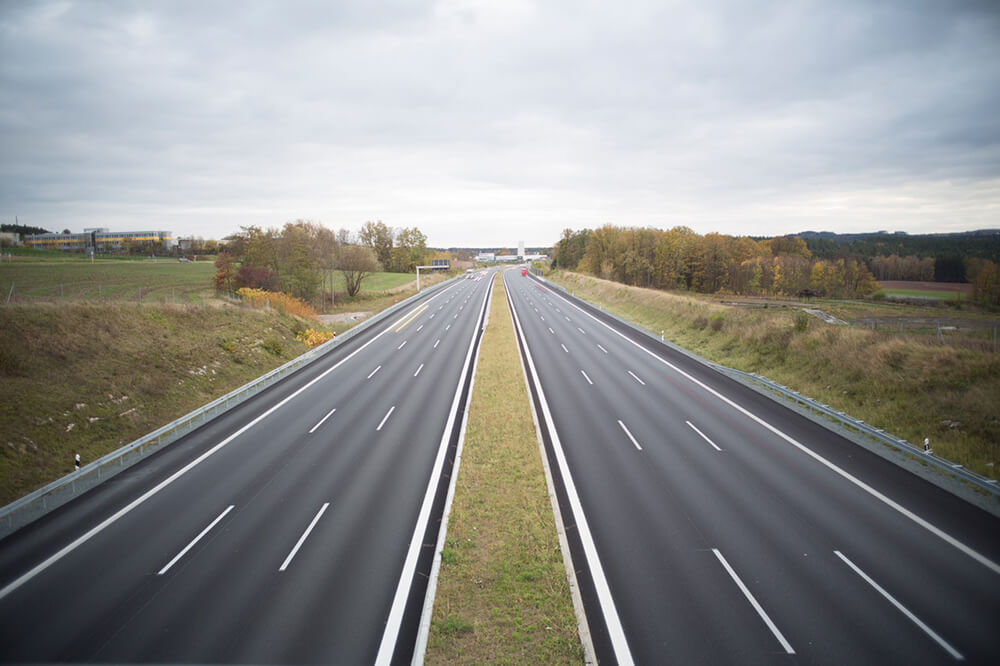
11. **Lane Discipline: Staying Left Unless Overtaking**Proper lane discipline is another vital aspect of defensive driving that can inadvertently help manage tailgating situations and promote overall road safety. As per National Highways advice, drivers should “stay in the left-hand lane unless you are overtaking.” This guidance is fundamental to maintaining efficient traffic flow and minimizing scenarios that might encourage tailgating, particularly on multi-lane highways or motorways.
When drivers occupy the middle or right-hand lanes unnecessarily, especially when the left-hand lane is open, it can frustrate other motorists who wish to travel at a consistent speed or pass. This frustration can then lead them to tailgate in an attempt to pressure the leading vehicle to move over. By consistently adhering to the principle of “keep left unless overtaking,” you make it clear that you are not intentionally impeding traffic flow. This reduces the likelihood of a driver feeling compelled to aggressively push you along.
This simple act of lane discipline contributes significantly to smoother and safer journeys for everyone. It ensures that faster-moving traffic has appropriate lanes to use, thereby reducing the build-up of vehicles and the impulse for drivers to engage in risky behaviors like tailgating. By utilizing lanes correctly and thoughtfully, you are actively participating in creating a more harmonious and less stressful road environment, diminishing the opportunities for others to drive unsafely.
Moreover, correct lane usage enhances overall road capacity and reduces congestion. When all drivers observe proper lane discipline, traffic moves more efficiently, making the roads less prone to the kind of stop-and-go conditions that can exacerbate impatience and lead to tailgating. It’s a foundational rule that supports a safer, more predictable driving experience for all.
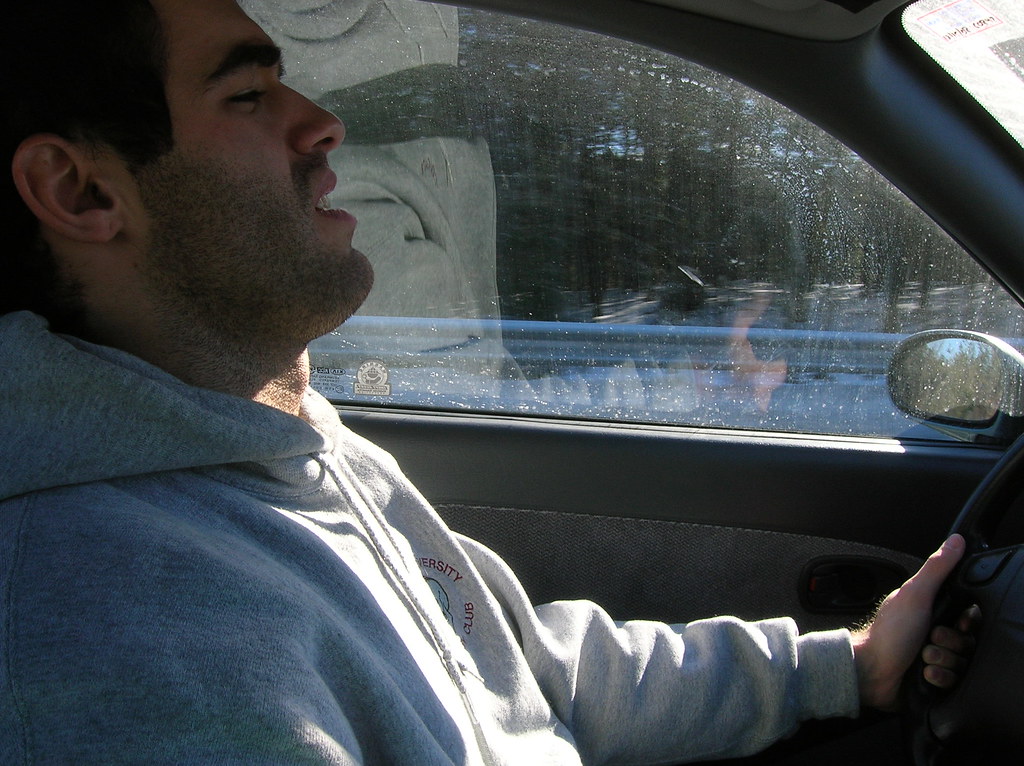
12. **Emotional Intelligence on the Road: Remaining Calm and in Control**Perhaps one of the most challenging, yet critically important, pieces of advice when encountering a tailgater is to manage your own emotional response. National Highways emphasizes that “It’s important to remain calm and in control, as reacting negatively to tailgaters often escalates the situation and creates more problems.” This highlights the profound psychological dimension of safe driving and the vital need for emotional intelligence behind the wheel.
The frustration and annoyance of being tailgated can be intense, triggering an instinctive desire to retaliate or teach the other driver a lesson. However, succumbing to these powerful emotions can lead to impulsive and dangerous actions, such as sudden braking, swerving, or aggressive maneuvers. Such reactions only serve to heighten the risk of an accident or, as National Highways warns, can contribute to a full-blown road rage incident, which can have severe and unpredictable consequences far beyond the initial interaction.
By consciously choosing to remain calm, you deny the tailgater the power to dictate your actions or endanger your safety through your own reactive behavior. This invaluable self-control enables you to think clearly and apply the defensive driving strategies discussed, such as increasing your following distance or allowing them to pass safely. It’s about prioritizing your well-being and the safety of others over the fleeting satisfaction of confronting an aggressive driver.
This level of emotional discipline is a hallmark of an expert driver, allowing them to maintain focus on the primary objective: reaching their destination safely. It transforms a potentially volatile situation into one where you maintain your personal agency and make choices that contribute to overall road safety, rather than detracting from it. Remaining composed is not a sign of weakness, but of strength and a commitment to responsible driving.

13. **Legal Repercussions: ‘Driving Without Due Care and Attention’**Beyond the immediate safety concerns, it is crucial for drivers to understand the serious legal consequences associated with tailgating, which is formally categorized as “driving without due care and attention.” Both the DVLA (in the UK) and the DMV (in the US) have issued stern warnings, underscoring the gravity of this offense and the tangible penalties involved, emphasizing that it’s more than just a minor infraction.
Motorists found trailing too closely behind the vehicle ahead face immediate and tangible repercussions. According to official regulations, this can include a fine starting at £100 or $100 and the addition of three penalty points on their driving license. These penalties are not minor inconveniences; they contribute to higher insurance premiums, remain on a driver’s record for several years, and can lead to further sanctions if a driver accumulates too many points over time, potentially impacting their ability to drive.
In more severe instances, particularly if tailgating contributes to a major accident resulting in injury or death, the consequences escalate dramatically. The context explicitly states that culprits could face “disqualification or even imprisonment if their actions lead to a major accident.” This underscores that tailgating is not merely a breach of etiquette but a high-risk activity with potentially life-altering legal ramifications for those involved, impacting personal freedom and financial well-being.
The legal framework is unequivocally designed to reinforce the collective responsibility of drivers to maintain safe distances and operate their vehicles with the utmost care and attention. It serves as a stark reminder that neglecting safe following distances has serious implications beyond just a potential collision, emphasizing the gravity with which authorities view this dangerous driving behavior.
Read more about: Navigating the Autobahn’s Complexities: The 200 MPH Incident and Germany’s Ongoing Debate Over Speed Limits

14. **The Broader Call to Action: Road Safety Charity’s Plea**Ultimately, the comprehensive advice on dealing with tailgaters, from increasing following distance to practicing emotional control, converges on a broader and more fundamental call to action for enhanced road safety. Road safety charities, such as Brake, play a crucial role in amplifying these essential messages and fostering a pervasive culture of responsible and attentive driving across all road users.
Jason Wakeford, the campaign leader at Brake, eloquently underscores the absolute necessity of these practices, particularly the importance of maintaining an adequate buffer. He stressed that “It’s vital that drivers leave enough distance between the vehicle in front in order to react in time to any sudden dangers.” This statement encapsulates the core principle behind all defensive driving strategies – the proactive creation of a safety buffer to allow for effective and unhurried reaction time.
Wakeford further declared, “We’d urge everyone to respect the two-second rule to keep them, and others on the road, safe.” This direct appeal reinforces the universal applicability of the two-second rule, not just as a technical guideline for safe following, but as a moral imperative for every driver. It highlights that individual actions have profound collective consequences, and adherence to safe practices benefits the entire road community by reducing accidents and improving overall traffic flow.
This overarching plea reminds us that road safety is indeed a shared responsibility, extending beyond individual cars to the entire network of drivers. By integrating the “smart hack” of increasing your following distance, coupled with advanced defensive techniques like facilitating overtakes, maintaining steady speed, clearly signaling early, and exhibiting emotional control, drivers can significantly mitigate the inherent risks posed by tailgaters. These strategies are not just about protecting oneself but about actively contributing to a safer and more predictable environment for all who share our vital road infrastructure.
Navigating the roads safely is a collective endeavor, and while the actions of aggressive drivers can be frustrating and genuinely dangerous, the power to respond effectively and maintain your safety largely rests in your hands. The “smart hack” of extending your following distance is not merely a suggestion; it’s a foundational principle that grants you the crucial time and space needed to react without resorting to perilous maneuvers. By embracing this core strategy, coupled with the advanced defensive driving tactics outlined—such as allowing overtakes safely, maintaining composure and a steady speed, and communicating your intentions clearly—you transform a high-stress situation into a manageable one. Remember, every decision you make behind the wheel, especially in challenging circumstances, contributes significantly to the safety of your journey and everyone else’s. Drive smart, drive safe, and make every trip a testament to responsible roadsmanship.





